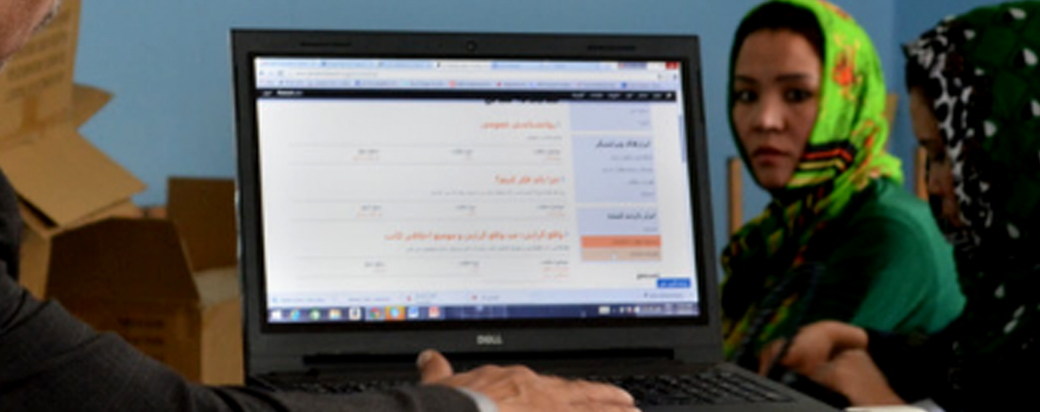
About the Project
This project is one of the 2020 WISE Awards winners.
This project is one of the 2018 WISE Awards finalists.
StoryWeaver has created an innovative and transformative approach to book creation and distribution to address the global book gap for children.
Context and Issue
Reading is the cornerstone of literacy. For children to become readers, they must have access to books in the languages they speak and learn in. Yet, this is sorely lacking in several parts of the world – there are not enough books, in not enough languages for children to learn and practice reading. This problem of book availability and access is most severe in developing countries where linguistic diversity is the greatest. UNESCO estimates that 40% of children do not have access to an education in their own language.
Solution and Impact
Pratham Books’ StoryWeaver is a digital platform that addresses the global book gap by providing open and free access to quality storybooks in multiple languages to promote reading acquisition among children. At the platform’s core, is a repository of high quality, openly licensed, multilingual storybooks from Pratham Books and other reputed publishers. While the platform is digital, the books are available in multiple formats to overcome the issue of digital access and can be read online, offline or downloaded and printed.
StoryWeaver has also embedded simple tools on the platform that allow users to further translate and version the books for localized requirements. This has led to the massive increase of over 2200% in the availability of local language books. Launched in September 2015 with 800 books in 24 languages, today, it provides access to 19,000 books in 233 languages, which have been read over 18M times. Of these, 58% are indigenous languages, where books are scarce. StoryWeaver is being used extensively by Ministries of Education, literacy organizations, language collectives and digital and non-digital applications to improve the reading and learning levels of children.


